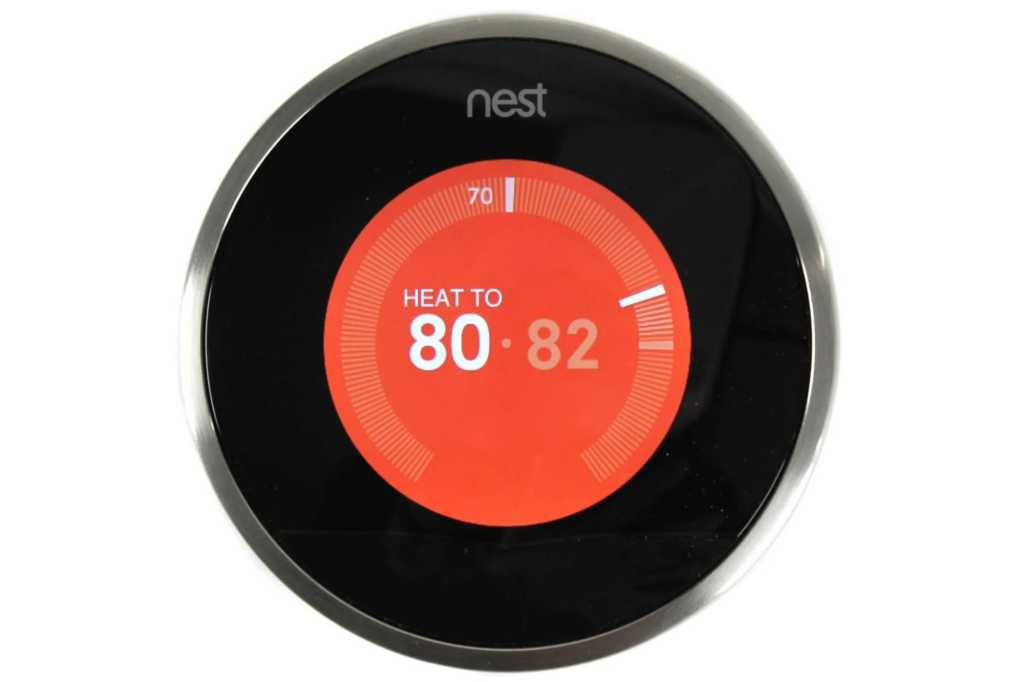End of an Era: Google Pulls the Plug on First-Generation Nest Learning Thermostats

Goodbye, Vintage Nest: Older Thermostat Models Reach End of Life
Tech enthusiasts and early smart home adopters, take note: Google is preparing to retire its first and second-generation Nest Learning Thermostats. These pioneering devices, which once revolutionized home temperature control, will soon become technological relics.
Later this year, owners of these vintage smart thermostats will experience significant changes. Not only will software updates cease, but the devices will also lose compatibility with the Google Home app. This means users of these older models will be effectively locked out of modern smart home ecosystem features.
For those still clinging to their original Nest devices, it might be time to consider an upgrade. Newer Nest models offer enhanced connectivity, improved energy efficiency, and seamless integration with current smart home technologies.
While the retirement of these early models marks the end of an era, it also highlights the rapid evolution of smart home technology and Google's commitment to pushing innovation forward.
